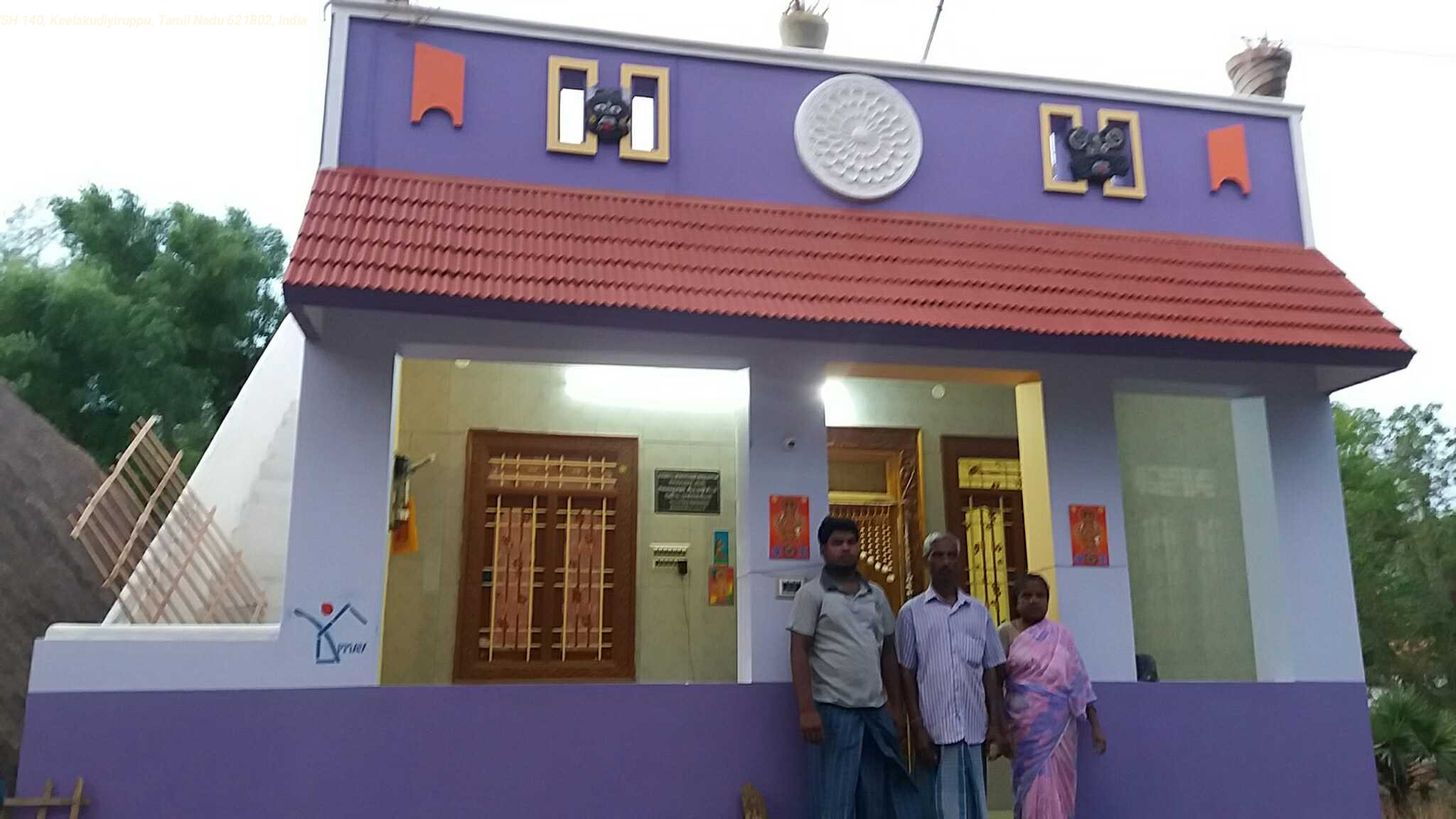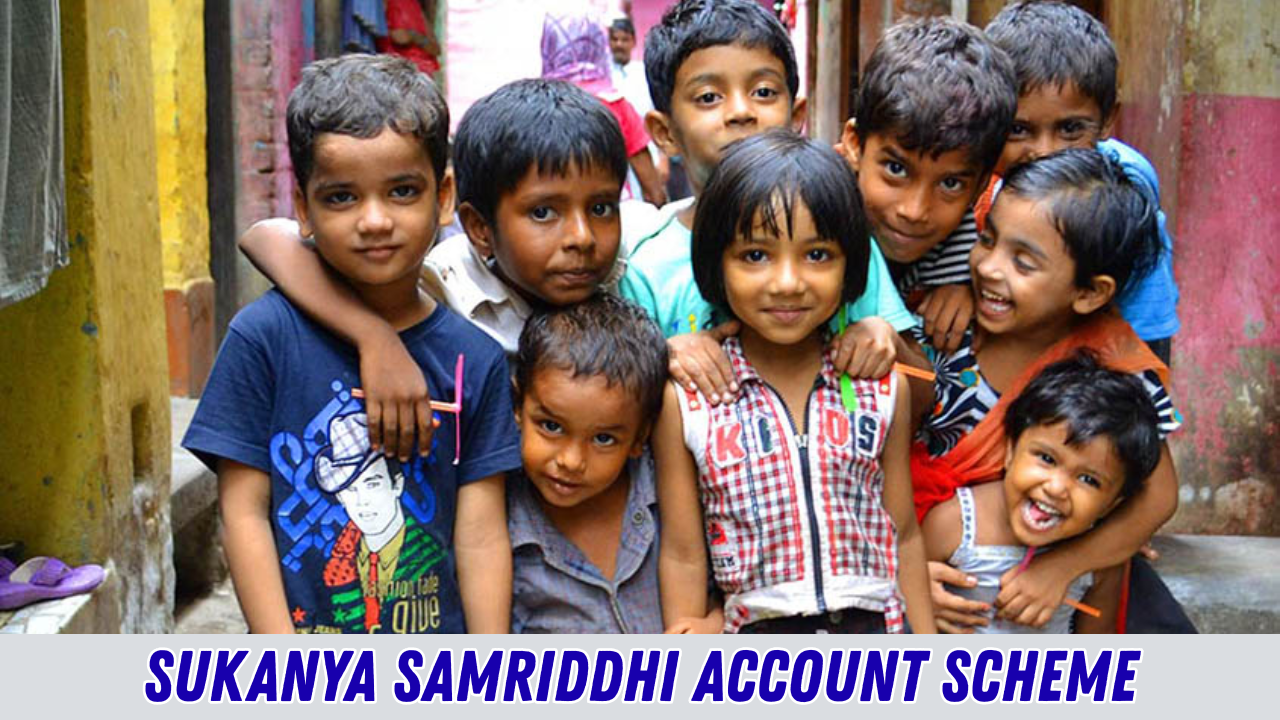Introduction to PMAY-Urban
The Pradhan Mantri Awas Yojana – Urban (PMAY-U) is a flagship mission initiated by the Government of India in 2015. The primary goal of this scheme is to provide affordable housing for all eligible urban poor by the year 2022. This initiative is a part of the broader objective of the government to ensure that every Indian has a pucca house with water connection, sanitation facilities, and 24×7 electricity supply.
Background and Vision
India’s rapid urbanization has resulted in a growing demand for affordable housing in cities. Recognizing the challenge, PMAY-Urban was launched to bridge the housing gap and offer dignified living conditions to economically weaker sections, low-income groups, and middle-income groups. The mission aligns with the vision of “Housing for All”, with a particular emphasis on sustainable development and urban rejuvenation.
Key Features of the Scheme
PMAY-U operates through four key verticals to meet the diverse needs of urban dwellers. These include In-situ Slum Redevelopment (ISSR), Credit Linked Subsidy Scheme (CLSS), Affordable Housing in Partnership (AHP), and Beneficiary-led Construction (BLC). Each component addresses different housing challenges, from upgrading slums to enabling individuals to build or enhance their own homes.
Eligibility Criteria for Beneficiaries
To be eligible for the benefits under PMAY-U, an individual or family must not own a pucca house in any part of India. The scheme targets families comprising husband, wife, and unmarried children. Applicants must fall within specific income categories—Economically Weaker Section (EWS), Low Income Group (LIG), or Middle Income Groups (MIG-I and MIG-II). Additionally, the applicant or any family member should not have availed any housing-related benefits from the government previously.
Credit Linked Subsidy Scheme (CLSS) Explained
The CLSS component is one of the most impactful parts of PMAY-U. It offers an interest subsidy on home loans taken for the purchase, construction, or extension of houses. Depending on the income category, beneficiaries can avail interest subsidies ranging from 3% to 6.5%, thereby reducing the total cost of the home loan significantly. This benefit empowers individuals to own a home by making financing more accessible and affordable.
In-situ Slum Redevelopment Approach
Under the ISSR approach, the government aims to transform existing slums by providing pucca houses to slum dwellers. This is achieved through the participation of private developers and state governments. The slum land is utilized to construct multi-storey housing complexes, thus improving living conditions and freeing up valuable urban land for development.
Affordable Housing in Partnership Model
The AHP vertical encourages private developers and public agencies to come together and build affordable housing projects. The central government provides financial assistance to make these homes economically viable for low-income families. This model not only boosts housing stock but also creates job opportunities in the construction sector.
Beneficiary-led Construction Support
BLC is designed for those who already own a piece of land but lack the financial resources to build a house. Under this component, eligible beneficiaries receive direct financial assistance from the government to construct or enhance their homes. This ensures that even the poorest households can build a secure and permanent shelter for themselves.
Role of Urban Local Bodies and State Governments
The successful implementation of PMAY-U relies heavily on the collaboration between central, state, and urban local bodies. States are responsible for identifying beneficiaries, approving projects, and ensuring timely construction. Local bodies play a crucial role in mobilizing communities, conducting surveys, and overseeing project execution.
Technology-Driven Implementation
One of the standout features of PMAY-U is its use of modern technology for planning and monitoring. The scheme uses geotagging, Aadhar-based identification, and digital MIS systems to ensure transparency and eliminate duplication of benefits. Online portals allow citizens to track their application status and receive updates in real time.
Progress and Achievements So Far
Since its inception, PMAY-Urban has made remarkable strides. Millions of houses have been sanctioned, and a significant portion has already been constructed and delivered to beneficiaries. The scheme has been especially effective in states like Uttar Pradesh, Maharashtra, Gujarat, and Tamil Nadu, where urban housing demand is highest.
Impact on Urban Development
The mission has significantly improved the urban landscape by replacing slums with well-planned housing complexes. It has also improved access to basic services such as clean water, electricity, and sanitation. In addition, PMAY-U has spurred economic activity by creating jobs in construction and allied industries.
Women Empowerment through Ownership
An important provision in PMAY-U is the mandate that houses be registered in the name of a female member of the family, or jointly with her spouse. This move promotes gender equality and empowers women by giving them legal ownership and financial security.
Environmental Considerations
PMAY-U emphasizes environmentally sustainable construction techniques. The government encourages the use of eco-friendly building materials and designs that minimize energy consumption. Many projects are now incorporating green technologies such as rainwater harvesting, solar power, and waste management systems.
Challenges Faced by the Scheme
Despite its success, PMAY-U faces certain challenges. Land availability in densely populated urban areas remains a hurdle. Delays in project approvals, fund disbursement, and coordination among stakeholders can affect implementation speed. However, continued policy support and innovation are helping to overcome these barriers.
Future Outlook of PMAY-U
With the deadline extended beyond 2022 in some cases, the mission continues to work toward completing ongoing projects and reaching uncovered beneficiaries. The government is also focusing on integrating the housing mission with broader smart city initiatives and sustainable urban planning models.
Conclusion
The Pradhan Mantri Awas Yojana – Urban is more than just a housing scheme—it’s a vision for inclusive urban growth. By providing homes to millions of underserved families, it restores dignity, improves quality of life, and builds the foundation for a stronger, more equitable India. As the mission progresses, it continues to transform lives and reshape cities for generations to come.






